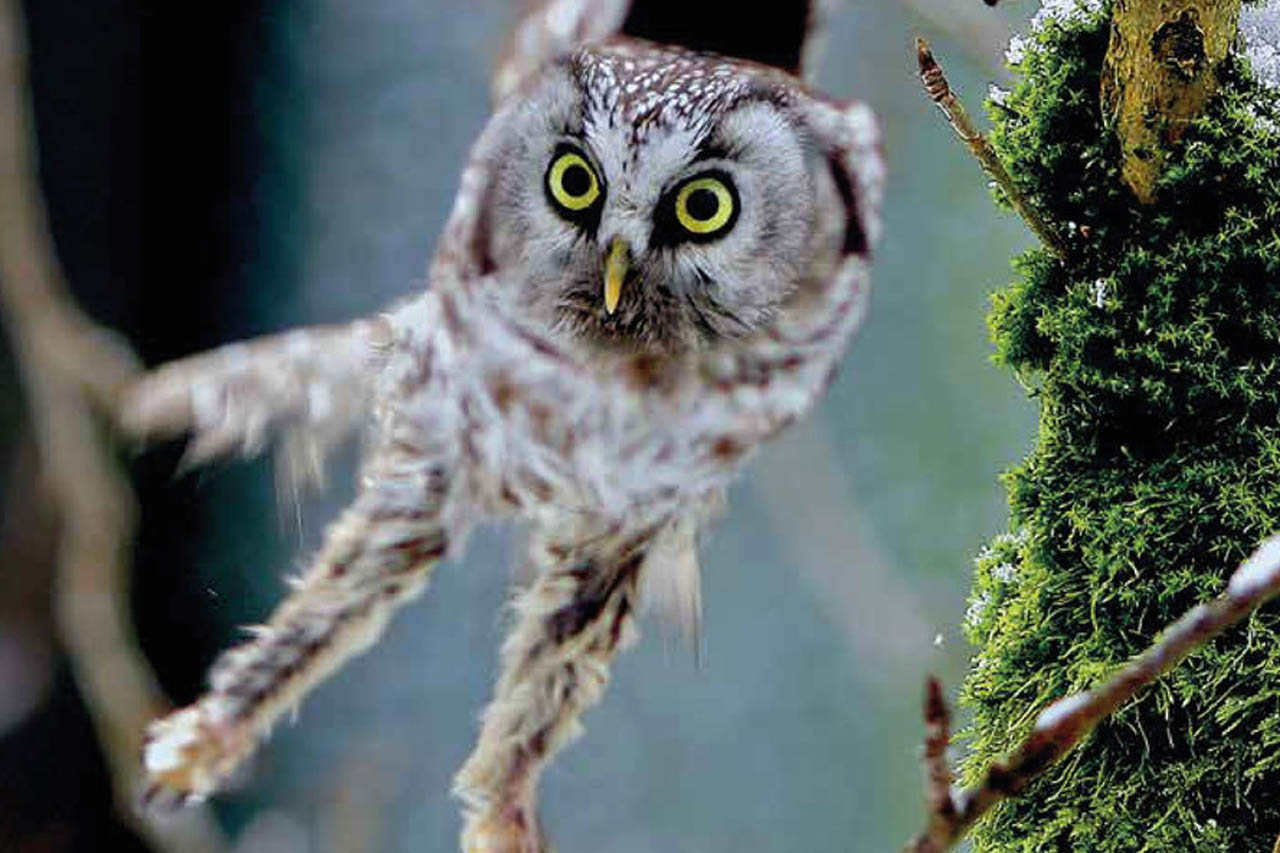Fauna and avifauna: instable balances
Plants, butterflies, birds and mammals living at high altitudes could die out due to climate and environmental change. It is not necessary to choose between progress and safeguard. There’s a third way
Climate changes have had a drastic impact on biodiversity. Many species grow in different places and their phenology is different as well, due to climate and environmental changes. The Alps are interesting in this sense, because global warming in that territory is higher than in the rest of the world. On the mountains, plants grow at a higher altitude due to global warming, and butterflies, birds and mammals have a different habitat as well. For this reason, species that normally live in colder places are going to have less place at disposal. This can have consequences on biodiversity and mountains in the next decades.
Rock ptarmigans, water pipits, Eurasian pygmy owls and boreal owls are at risk
There are few studies about the effects of climate change on the Alps. The Science Museum of Trento has carried out these studies, with the research group of the Zoology Department of the Vertebrates, with the University of Pavia and Turin, with the Foundation of Lombardy for Environment and with Lipu/BirdLife Italia. The first results of this research have been presented at the conference Birds and climate changes, in Paris in October 2015, organized by LPO/BirdLife France and the Muséum National d’Histoire Naturelle, under the events of the COP21. On this occasion, it has been showed how the distributional areas for some species typical of our Alps could reduce, followed by possible extinctions at a local level and decline on the Italian Alps. According to the estimations, between 24% and 97% of the actual area until 2050. Some effects can already be seen, for example the disappearance of marginal populations on the lower Pre-Alps, where the climate is warmer, and less distributional area for species which live in colder places.
In the last years, rock ptarmigans moved from the Pre-Alps, and in some favorable areas, the number of species decreased. In addition to the loss of favorable places due to climate changes, the remaining areas are going to be isolated. The Science Museum of Trento is working on other scientific areas, and is cooperating with local authorities, with parks and with associations that deal with the conservation of nature. This is already happening with the University of Pavia and the National Park of Paneveggio – Pale di San Martino, where some students are doing a PhD about this topic. The idea is to gather information about the climate and environmental change of the Alpine Avifauna at high altitudes, in order to find efficient conservation strategies.
Citizen science
Knowing and sharing is one of the aims pursued by LIFE T.E.N., coordinated by the “Servizio Sviluppo Sostenibile e Aree Protette” (Department of Sustainable Development and Protected Areas) of the Province of Trento. Through a dedicated WebGis (www.lifeten.tn.it), everybody can find information about flora and fauna in Trentino.
Mattia Brambilla – Paolo Pedrini (trad. Sara Covelli)
credits:
foto: Civetta capogrosso – Photo M. Mendini Arch. Muse




